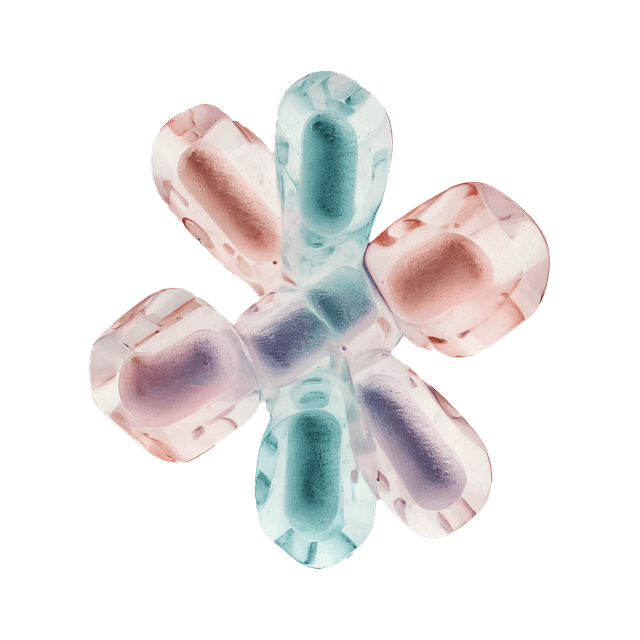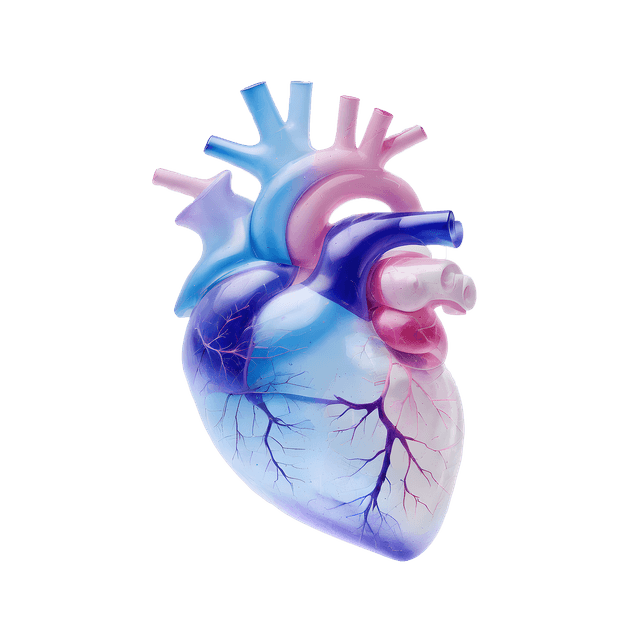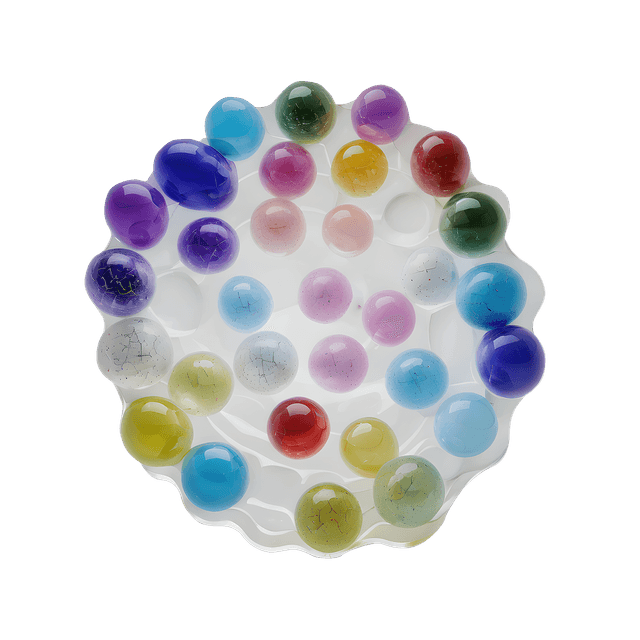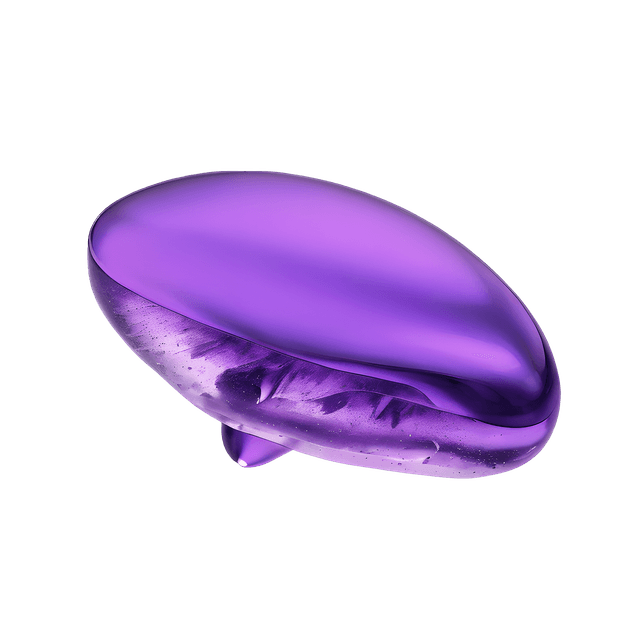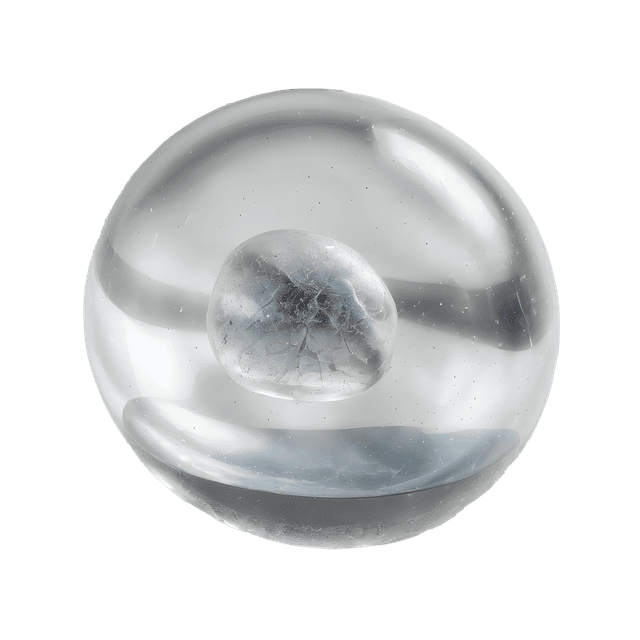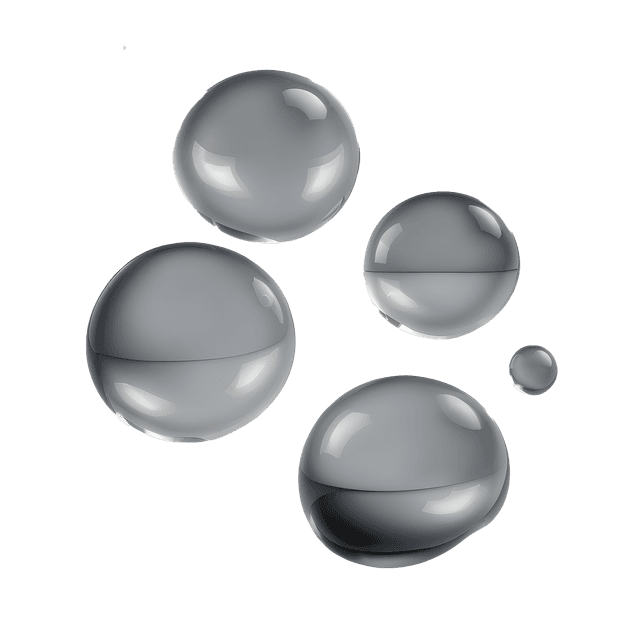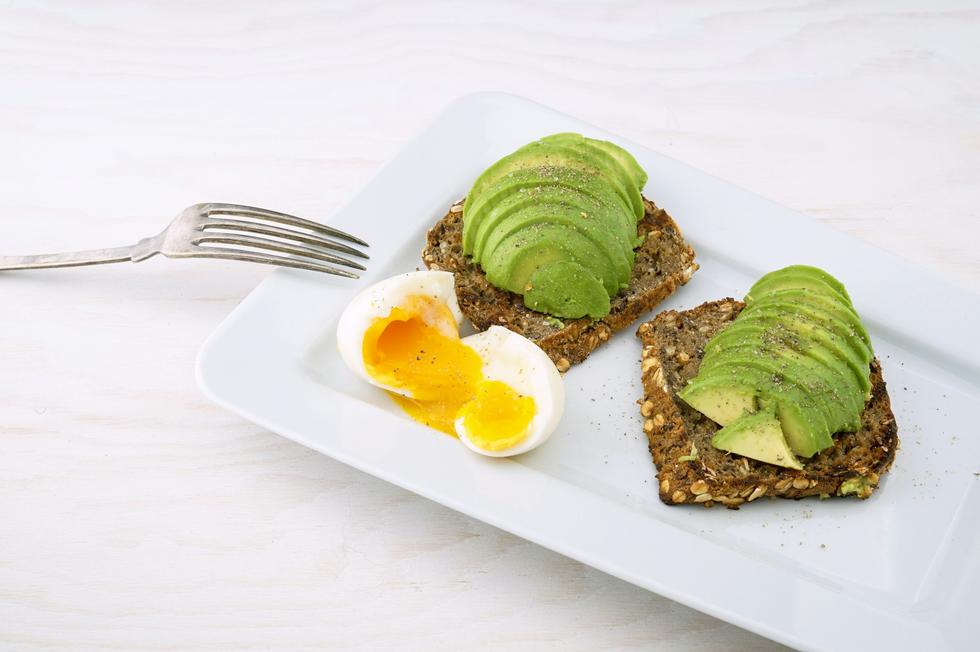Quick version
Vitamin D is crucial for the immune system, bone strength, muscle function and mood. Since the body has difficulty producing enough during the Nordic winter months, supplements are often recommended. To maximize absorption, vitamin D should be taken with a high-fat meal – preferably lunch or dinner – as it is fat-soluble.
Choose D3 (cholecalciferol) for the best effect, as this form is most bioavailable. A daily intake is preferable to large doses less often, unless otherwise prescribed by a doctor. Keep in mind that some medications can inhibit absorption, and that both magnesium and vitamin K2 contribute to vitamin D functioning optimally in the body.
Four Important Functions Supported by Adequate Vitamin D Levels
Vitamin D is a fat-soluble vitamin that plays a key role in the body. Here are four functions where vitamin D plays a role:
- Strengthens the immune system
- Promotes the absorption of calcium – important for bones and teeth
- Supports muscle function
- Affects mood and brain function
During the autumn and winter months and in early spring, a vitamin D supplement is often needed because the body has difficulty producing vitamin D through sunlight, which is common for us to have limited access to in the Nordic countries during this period.
When is the best time to take a vitamin D supplement
The best time to take vitamin D is with the largest meal of the day – which is usually lunch or dinner. Since vitamin D is fat-soluble, the supplement needs to be taken with fat for the body to absorb it properly.
Tip: Foods such as avocado, olive oil, eggs or salmon contain fat - these are good sources to consume at the same time as you take your vitamin D supplement to maximize your body's absorption.
5 things to consider when you want to maximize your vitamin D intake
For those who want to optimize, it may be a good idea to consider the following to get the best effect:
1. Take it with food that contains fat
Vitamin D needs fat to be absorbed in the intestine. Therefore, it is a good idea to avoid taking it on an empty stomach - or with just water.
2. Choose the right form of vitamin D
Vitamin D is mainly available as:
- D2 (ergocalciferol) – plant-based
- D3 (cholecalciferol) – animal or vegan, more bioavailable
Of these two variants, D3 is more effective, and it is the form that the body produces itself via the sun.
3. Take it regularly – preferably daily
The body does store vitamin D, but by taking it daily you maintain more even levels. Large weekly doses are less beneficial unless prescribed by a doctor.
4. Avoid combining with certain medications
Some medications can reduce the absorption of vitamin D in the intestine, examples of such medications are cortisone, cholesterol-lowering statins and certain weight loss drugs. If you are unsure about what applies to you, you should consult your doctor.
5. Combine with magnesium and K2
For both optimal absorption and optimal effect, sufficient levels of:
- Magnesium – magnesium helps activate vitamin D in the body
- Vitamin K2 – vitamin K2 ensures that calcium ends up in the bones and not in the blood vessels
Here are some common signs of vitamin D deficiency
Do you have any concerns about whether you are getting enough vitamin D? Here are some common symptoms that can occur with vitamin D deficiency:
- Fatigue and low energy
- Weak immune system
- Muscle pain or weakness
- Depression, especially during the winter months
Want to know about symptoms of vitamin D deficiency? Read our article Vitamin D deficiency? We list 10 common symptoms, and learn more about why vitamin D is so important for the body, common symptoms and what causes vitamin D deficiency.
Are your vitamin D levels adequate?
Are you taking vitamin D supplements unnecessarily? Through a blood test that measures your vitamin D levels you will get the answer to whether you have adequate levels of vitamin D in your body.


